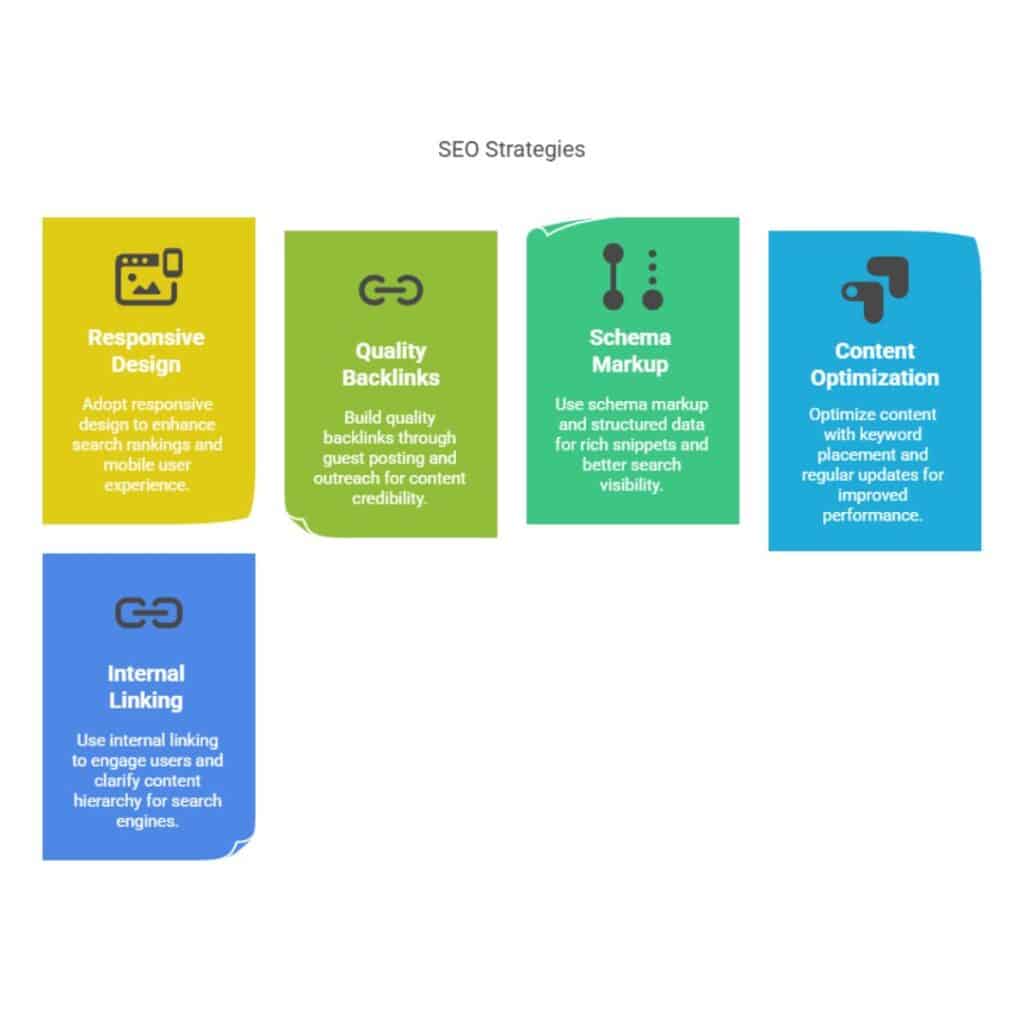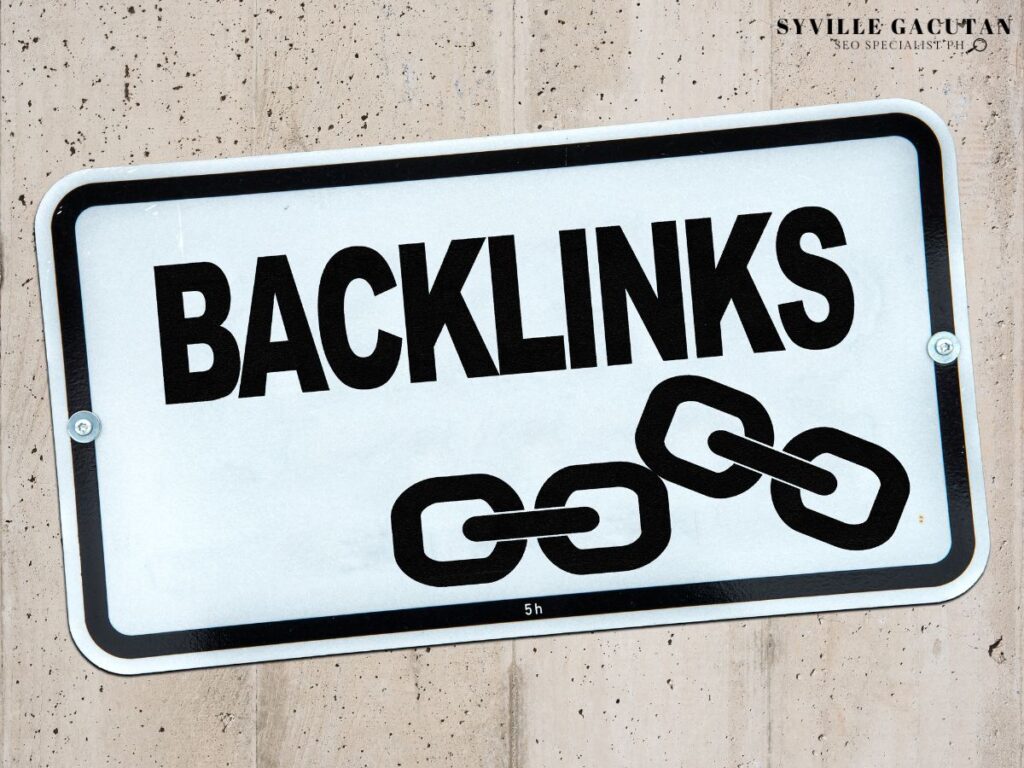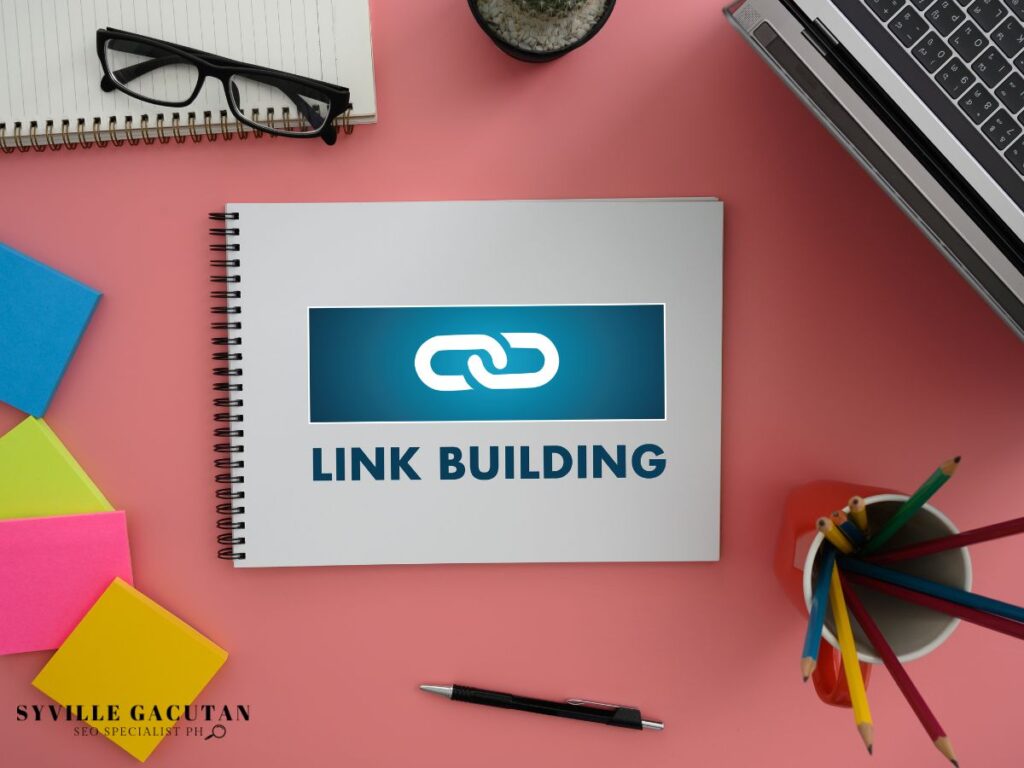
5 Best Tips to Optimize Your Blog for SEO
To enhance your blog’s SEO, start with mobile optimization by ensuring a responsive, fast, and user-friendly design. Next, build quality backlinks through guest posts and targeted outreach, which will boost your authority. Implement structured data using schema markup to facilitate better search engine understanding and attract more clicks with rich snippets. Leverage internal linking strategies to improve navigation, engage readers, and signal content hierarchy. Finally, optimize your content by conducting comprehensive keyword research, maintaining content freshness, and enhancing readability. These strategies will set the foundation for improved search visibility and engagement, offering further insights to know how to optimize blog posts for SEO.
Key Takeaways
- To boost search rankings and the mobile user experience, adopt responsive design.
- Build quality backlinks through guest posting and personalized outreach to boost content credibility.
- For rich snippets and improved search visibility, use schema markup and structured data.
- For improved search engine performance, optimize content with thoughtful keyword placement and frequent updates.
- Use internal linking to keep users interested and to tell search engines about the hierarchy of your material.

1. Focus on Mobile Optimization
In today’s digital landscape, mobile optimization has become a critical component for successful blogging. Given the widespread use of tablets and smartphones, making sure that your blog is accessible and user-friendly on mobile devices is no longer optional—it’s essential.
The use of responsive design is essential to mobile optimization, as it allows your website to adapt its layout seamlessly to fit various screen sizes. This ensures that your content is presented in an aesthetically pleasing and functional manner, regardless of the device being used.
Mobile speed is another crucial factor influencing user experience. Websites that load slowly on mobile devices can lead to increased bounce rates, as users are more likely to abandon pages that take too long to load. Therefore, optimizing images, leveraging browser caching, and minimizing redirects are strategies that can significantly enhance mobile speed and overall site performance.
Additionally, mobile-friendly layouts are instrumental in providing a positive user experience. These layouts typically involve simplified navigation, larger touch targets, and the elimination of unnecessary elements that can clutter the screen. Touch navigation, in particular, should be intuitive and easy to use, enabling users to interact with your blog effortlessly.
User experience on mobile devices is paramount, and focusing on mobile optimization can significantly impact your blog’s success. By implementing responsive design, prioritizing mobile speed, and crafting mobile-friendly layouts with efficient touch navigation, you satisfy the increasing demand from mobile consumers.
This approach not only improves user satisfaction but also enhances your blog’s visibility and engagement, reflecting positively on your SEO efforts.
2. Build Quality Backlinks

A critical element of successful SEO is building quality backlinks, which are links from other websites that direct users to your blog. These backlinks are essential as they signal to search engines that your content is valuable and credible. In turn, this can enhance your blog’s ranking on search engine results pages (SERPs).
To effectively build quality backlinks, consider the following strategies:
- Guest Posting: Contribute insightful articles to reputable blogs within your niche. This not only establishes your authority but also provides an opportunity to include a backlink to your blog. Ensure that the content is of high value to encourage acceptance by the host site.
- Backlink Analysis: Regularly perform a backlink analysis to understand your current link profile and identify potential gaps. Tools like Ahrefs or SEMrush can assist in recognizing which links are driving the most traffic and which ones may require attention or disavowal.
- Outreach Strategies: Develop effective outreach strategies to connect with other bloggers, influencers, or industry leaders. Personalized outreach can lead to collaboration opportunities, such as interviews or joint content, which naturally result in backlinks.
- Content Promotion and Social Sharing: Actively promote your content across social media platforms. Encourage your audience to share your posts. High-quality, shareable content can organically attract backlinks as it gains visibility and engagement.
3. Implement Structured Data
Building quality backlinks significantly boosts your blog’s authority, but another powerful strategy lies in implementing structured data. Structured data is a standardized format used to classify and describe a webpage’s content, enhancing the way search engines understand your blog. By employing structured data types, you can ensure that your content is interpreted accurately, improving its search visibility.
Schema markup, a form of structured data, allows you to provide detailed information about your blog posts to search engines. This includes defining elements like article title, author, date published, and more. When properly implemented, schema markup can result in rich snippets in search results, which are enhanced listings that display additional information like ratings, reviews, or images.
These rich snippets not only make your content stand out but also attract more clicks by providing users with quick, relevant information.
To implement structured data effectively, the JSON LD format is widely recommended. JSON LD (JavaScript Object Notation for Linked Data) is a lightweight method for encoding linked data in JSON format. It is favored by developers for its ease of integration and minimal impact on page load times.
4. Leverage Internal Linking

Effective internal linking is a crucial aspect of SEO that enhances user experience and boosts your blog’s search engine rankings. By strategically linking pages within your site, you not only guide visitors through a seamless user navigation journey but also signal to search engines the structure and importance of your content hierarchy.
This practice contributes significantly to link relevance, ensuring your readers are directed to related and valuable content.
To optimize internal linking effectively, consider the following guidelines:
- Link Relevance: Ensure that the links you incorporate are contextually relevant to the content. This not only aids in maintaining user interest but also improves search engine understanding of page relationships.
- Anchor Text: Utilize descriptive and keyword-rich anchor text for your links. This practice provides clarity to both users and search engines about the content they will find upon clicking the link.
- User Navigation: Facilitate easy navigation by linking to related articles or pages. This will keep users engaged and reduce bounce rates, as visitors can effortlessly explore more of your content.
- Link Diversity: Aim for a diverse range of internal links throughout your blog. This can include links to various types of content such as articles, infographics, or videos, which enriches the user experience and encourages a comprehensive exploration of your site.
5. Optimize Your Content

Crafting high-quality content is paramount for optimizing your blog’s SEO performance. To start, thorough keyword research is essential. This process enables you to identify terms and phrases that potential readers are searching for, thus aligning your content with their queries.
Effective keyword placement within your content can significantly enhance its visibility on search engines, drawing more organic traffic to your blog.
Content freshness is another critical factor. Search engines prioritize up-to-date information, so regularly updating your posts with the latest data and insights can improve your rankings. This not only keeps your audience informed but also encourages return visits, boosting user engagement.
An engaged audience is more likely to spend time on your site, reducing bounce rates and increasing the likelihood of social shares and backlinks.
Utilizing SEO tools is invaluable in optimizing content. These tools offer insights into keyword performance, suggest improvements, and analyze competitors’ strategies.
They can also help you assess your content’s readability score, an important metric as it influences how easily your audience can consume your information. A clear and concise readability score ensures that your content is accessible to a broader audience, which can enhance user experience and engagement.
Final Thoughts
Implementing these five best tips to optimize your blog for SEO can significantly enhance your content’s visibility and engagement. Focusing on mobile optimization ensures a seamless experience for users, while building quality backlinks boosts your blog’s authority in the digital space. Utilizing structured data and internal linking not only improves navigation but also helps search engines better understand your content’s relevance. Lastly, consistently optimizing your content through keyword research and updates will keep it fresh and appealing to your audience.
If you want expert help in supercharging your blog’s SEO, connect with Syville Gacutan, an experienced SEO Specialist in the Philippines. Syville can guide you in implementing proven strategies that drive traffic, improve rankings, and grow your online presence. Don’t miss the opportunity to elevate your blog’s SEO – reach out to Syville today!